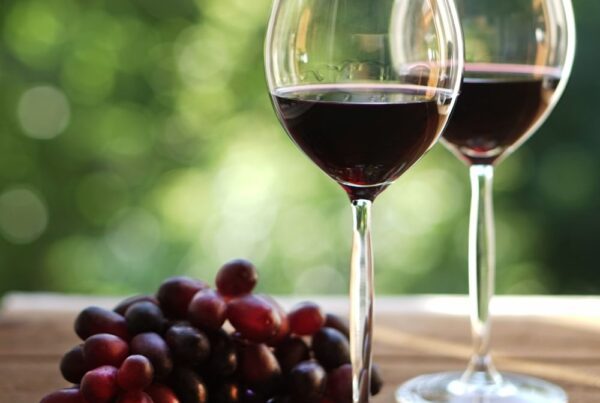Are you struggling to understand sweetness levels in Riesling? If you are, there’s no better time to get up to speed.
Riesling wines are widely regarded as some of the best value wines in the world.
There are many great quality and interesting Riesling wines to enjoy, so Riesling labelling terms are worth getting to know.
So, let’s look at what Riesling is and how to identify sweetness levels.

Contents
What is Riesling?
Riesling is a white grape variety that is synonymous with Germany, where it is the most planted grape variety.
It produces fruity and floral aromatic white wines.
It is also grown in Alsace, France and other regions around the world; however, in this article, we are going to focus on Germany where Riesling finds its best expression.
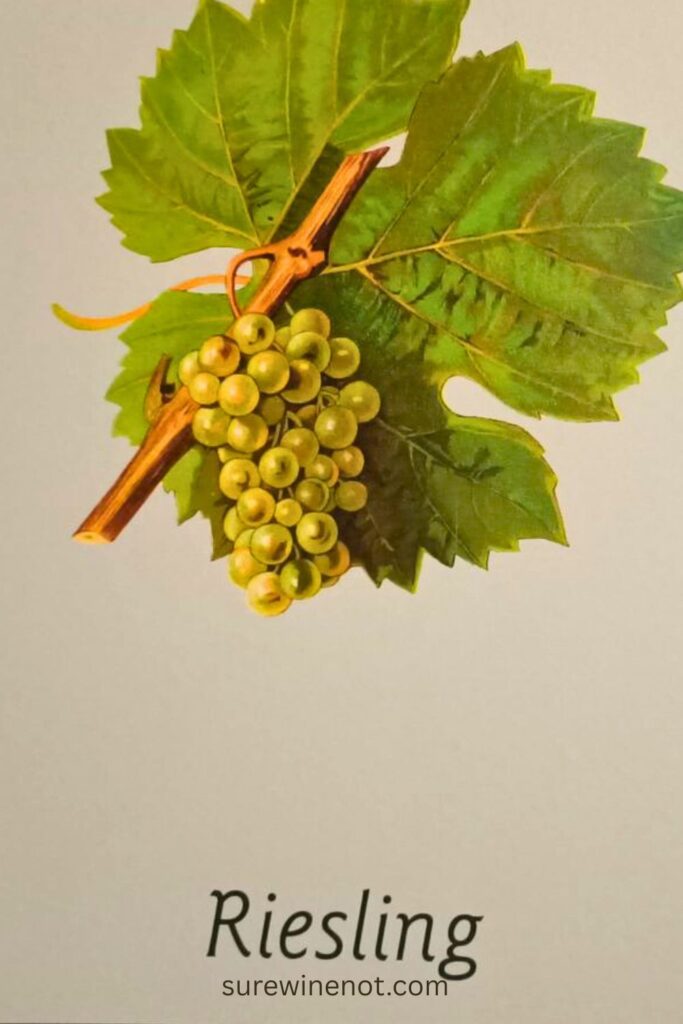
What does Riesling taste like?
Riesling wine comes in a range of styles, depending on where it is grown, the weather and the winemakers’ choice of style.
It can range from light and fruity to intense and concentrated.
Despite what you may have heard, Riesling also comes in a range of sweetness levels from bone dry to lusciously sweet.
All of this can make Riesling complicated to understand compared with other grape varieties, but this wide variety of flavors and sweetness levels means that there is likely a Riesling out there that you will enjoy.

Prädikatswein wine levels
The German Protected Designation of Origin (PDO) is called Qualitätswein.
Qualitätswein can range from dry to medium sweet.
For the purposes of this article, we are going to focus mainly on Prädikatswein, which is a category within Qualitätswein.
Prädikatswein is usually made from grapes with higher sugar levels than other types of Qualitätswein.
That does not mean that all Prädikatswein is sweet. As you can see from the Prädikatswein Classification table below, the first three levels – Kabinett, Spätlese, Auslese – are made in a range of styles, including dry.
There are six Prädikat levels with increasing minimum must levels (sugar levels) at harvest.
As the must levels increase, the wines (in general) become richer and more concentrated in style.
Understanding the Prädikat levels is key to understanding the level of sweetness in a Riesling.
| Prädikatswein Classification | ||
| Category Name | Wine Style | Wine Characteristics |
| Kabinett | Dry to medium sweet | Light-bodied, high in acidiy, green fruit flavors. |
| Spätlese | Dry to medium sweet | Late-harvest, fuller in body than Kabinett, citrus and exotic fruit flavors. |
| Auslese | Dry to medium sweet | Extra ripe hand selected grapes, exotic fruit flavors, fuller in body than Spätlese. Usually medium or sweet |
| Beerenauslese (BA) | Sweet | Likely made from noble rot grapes, low in alcohol, dried stone fruit, honey and floral flavors |
| Eiswein | Sweet | Rare. Made from frozen grapes |
| Trockenbeerenauslese (TBA) | Sweet | Made from noble rot grapes, low in alcohol, dried stone fruit, honey and floral flavors |
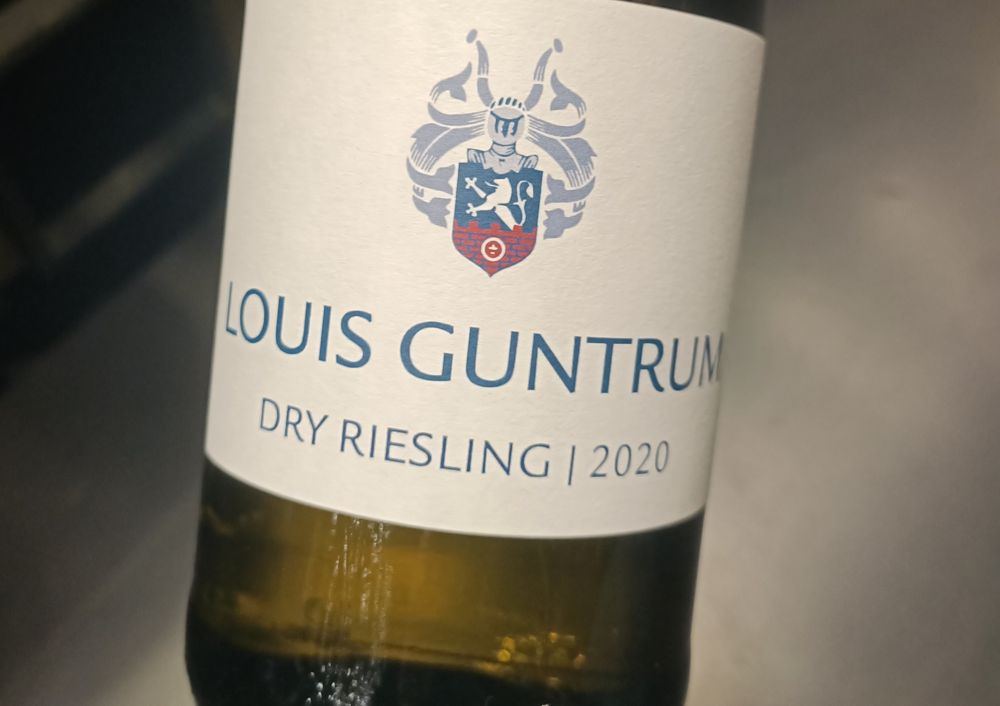
How to identify Dry Riesling wines
Some Riesling wines have the sweetness level, e.g., dry, off-dry etc. written on the label in English.
Where the label does not clearly state in English what the sweetnes level is, knowing some labelling terms and other information can help you identify the sweetness level of the wine.
Qualitätswein
Qualitätswein must come from one of 13 specified winegrowing areas. The majority of wine grown in Germany will fall under this category.
Dry Riesling wines are often labelled Qualitätswein, but Qualitätswein is also made in off-dry (meaning a little sweet) or medium sweet styles. So, you many need to look for other clues on the label.
Qualitätswein wines come in a range of styles from light and fruity to rich and intense.
Trocken
Trocken is German for “dry”. Look out for this labelling term to find a dry wine.
Not all dry wines will have this labelling term, so don’t only look for this term.
It is also worth noting that “trocken” does not necessarily mean there is zero sugar in the wine. Small amounts of sugar are balanced out by the high acidity levels of Riesling. So, the wine will taste dry.
VDP.Grosses Gewachs
Riesling wines labelled Grosses Gewachs or GG are dry wines. You can identify them from the letters GG and a bunch of grapes that are embossed on the neck of the bottle.
GG is also an indication of a high quality wine.
VDP is a winemakers’ association that has its own strict wine classification.
VDP wines are made in the best vineyards in Germany and conform to strict growing and winemaking regulations.
VDP is not part of German law, but it is a reliable indication of quality German wine.

Riesling alcohol content/ABV
The alcohol percentage or ABV of wine is also an indication of sweetness levels. Sweet Riesling styles have lower alcohol levels than dry styles.
Sweet styles will have alcohol levels around 8-9% ABV, whereas dry Riesling wines will have higher alcohol levels than sweet wines around 12%.
Why sweet Rieslings are low in alcohol
For sweet wines, the fermentation is stopped before all the grape sugars are converted into alcohol. So, the wine has residual sugar (sweetness) and the alcohol levels remain lower than if all the sugar was converted to alcohol.
Kabinett, Spatlese and Auslese wines all come in dry styles, but they are often made in a sweet style.
Look for the signals outlined above to help you figure out if they are dry, e.g., check the ABV and look for “Trocken” or “GG” labels.
Read the back label
If you are unsure that a Riesling is dry or not, read the label to look for clues. Look for the word “trocken”. A trocken Riesling means is a dry Riesling.

How to identify sweet Riesling wines
You can tell if a Riesling wine is sweet in a number of ways.
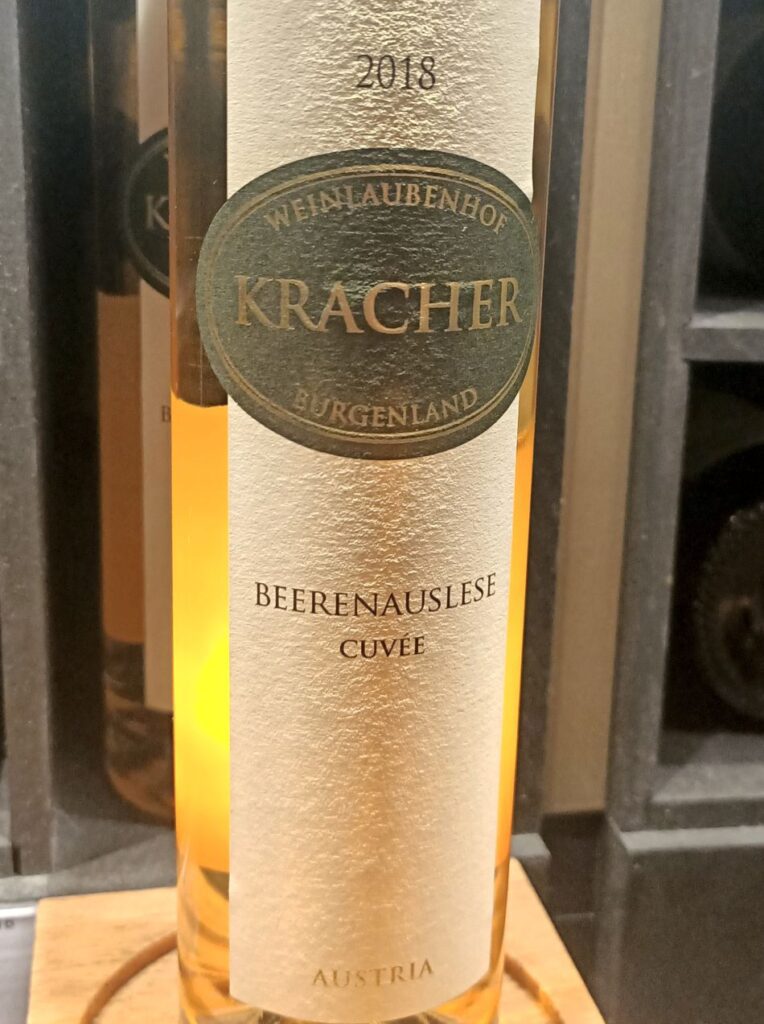
Sweet only Riesling wines
Beerenauslese (BA), Eiswein and Trockenbeerenauslese (TBA) wines are always sweet. So, if you want a sweet German Riesling, look for these terms on the label.
How to identify an off-dry Riesling wine
Off-dry wines are wines with a small amount of residual sugar or sweetness. So, if you like a touch of sweetness, this style of wine may be to your liking.
Kabinett, Spätlese and Auslese wines are all made in an off-dry style.
Look for the term “halbtrocken”, which translates to “half dry”.

How to identify a medium-sweet Riesling wine
To identify a medium-sweet wine, look for the term “lieblich”, which translates to “sweeter”.
Kabinett, Spätlese and Auslese wines are all made in a medium-sweet style.
Riesling alcohol content/ABV
The alcohol percentage or ABV of wine can also be an indication of sweetness levels. Sweet Riesling styles have lower alcohol levels than dry styles.
Sweet styles will have alcohol levels around 8-9% ABV. So, use this as a clue to the sweetness level of the wine you are considering.
German wine labelling terms
| Label Term | Meaning |
| Trocken | Dry Up to 9 g/l* |
| Halbtrocken | Half dry/off-dry Up to 12 g/l |
| Feinherb | Off-dry but sweeter than Halbtrocken. Unoffical term |
| Lieblich | Sweeter/Medium sweet Up to 45 g/l |
| Süß | Sweet Up to 45 g/l or higher |
| Landwein | German term for PGI wines |
| Qualitätswein | German term for PDO wines |
| Prädikatswein | A category within Qualitätswein |
Riesling Pronunciation
Riesling is pronounced REE SLING
Serving temperature for Riesling
Light- to medium-bodied Rieslings should be served chilled 7-10°C (45-50°F).
Beerenauslese (BA), Eiswein and Trockenbeerenauslese (TBA) wines should be served well chilled 6-8°C (43-46°F).
Storing Riesling wine after opening
See this article for tips on how to store white wine after opening.
FAQ
Is Riesling Kabinett dry or sweet?
Riesling Kabinett is made in dry and sweet styles (up to medium sweet). So, look for a Kabinett Riesling wine in whichever style you prefer, using the guidelines outlined above.
Is Riesling wine sweet?
Not all Riesling wines are sweet. They are made in a variety of styles from bone dry to lusciously sweet.
Is Riesling red or white wine?
Riesling is a white wine.
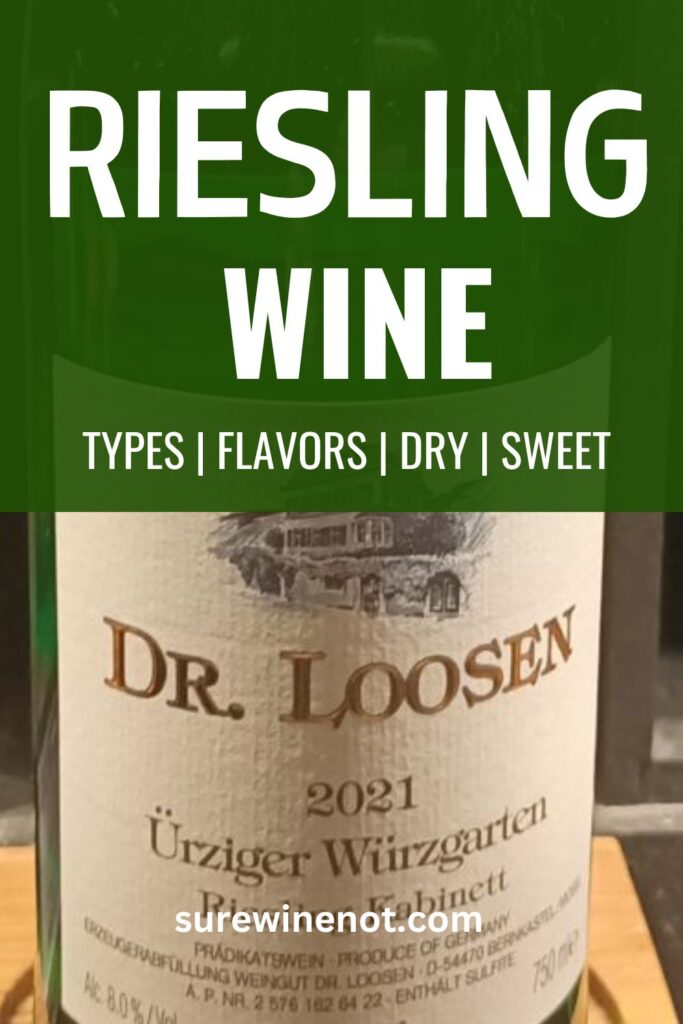
Read with confidence: I am a certified wine expert (WSET L3).



